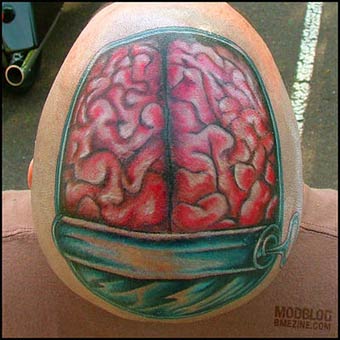I’ve found a way to break through this cellophane line
Scientists have spent the past decade making great strides in the field of brain-computer interfaces (BCI). By attaching a series of electrodes to a human brain, researchers can feed neural impulses from the brain into a computer to allow the direct control of robotic devices. One major downside, of course, is that the electrodes through which the subject controls these robotic devices have to be placed directly on the brain. This drawback had been in large part considered unavoidable, as electrodes placed outside the skull were thought to gather insufficient information to successfully operate a mechanical device. But in a study published last week in The Journal of Neuroscience, researchers were able to use an array of 34 electrodes attached to test-subjects’ scalps to deduce the subjects’ 3-dimensional hand movements. The importance of this work is clear: It may help patients who have lost a limb to operate a replacement robotic prostheses with their brain.
related { Brain-Computer Interface Live demonstration of a brain-controlled Adams Family pinball machine | video }




